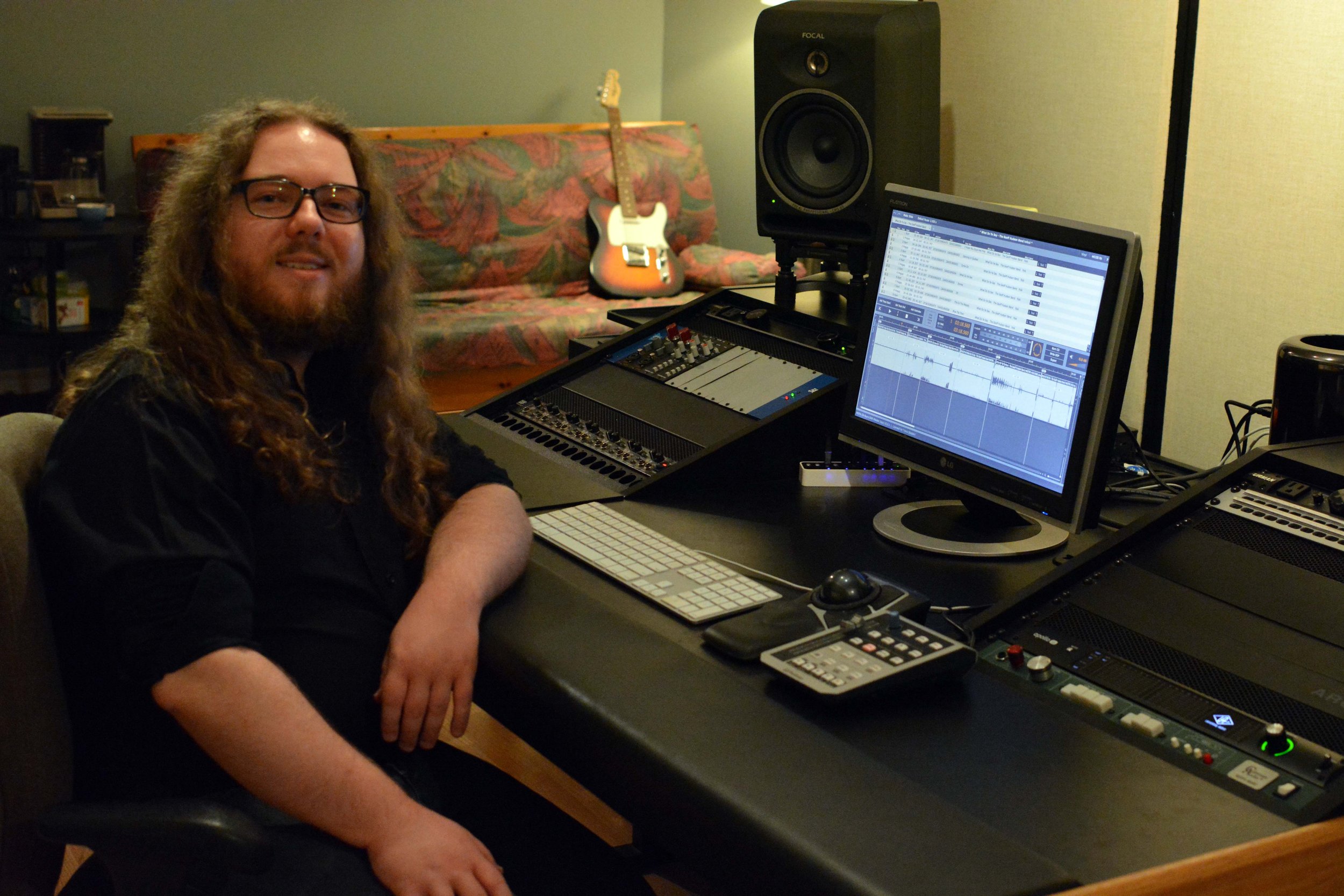How the 500 Series Can Revolutionize Your Home Studio
/There appears to be some confusion surrounding 500 Series equipment when it comes to the home studio. Many people don’t know what it is, don’t understand it, or in some cases don’t even know it exists. However, 500 Series equipment is arguably the best option for getting high-quality recording equipment on a tight budget. Read on to find out how it can benefit your studio.
What is 500 Series Equipment?
The 500 Series is a modular analog format for audio equipment that was originally invented by API in the 1970s. While the history is somewhat convoluted, how it works is relatively simple. An individual module (such as a preamp) is inserted into a rack that provides it with the power to operate. Each module is the same size (5.25” tall x 1.5” wide) and the power rack can hold multiple modules. This power rack can then be placed on top of a desk, in a standard 19” rack, or carried around to any location required. The power rack has both an input and an output for each module so audio can get to and from the module. If you want to get in depth with the design of 500 Series equipment, API has released a specification called the VPR Alliance that details the electrical wiring of circuit boards, power specifications, and the size of the modules.
How Does it Revolutionize the Home Studio?
500 Series equipment allows an unprecedented level of customization. Engineers can ‘mix-and-match’ products from different manufacturers, making it much more flexible than traditional studio designs based around a console. For example, if you want an API preamp in your signal chain followed by an SSL EQ, you can now have both instead of having to choose one or the other and buy a whole API or SSL console. This format allows you to effectively build your own customized high-end channel strip that fits your needs, complete with preamps, EQs, compressors, DIs, and a whole range of other tools to process your audio. 500 Series racks also fit in a 3U rack space, saving valuable real-estate in small home studio control rooms without sacrificing quality or flexibility.
While 500 Series equipment can get pricey (the average module falls between $600 and $1200 USD), it offers professional grade audio quality in a much more affordable package than buying a console. To put it in perspective, I own two SSL VHD Preamps in the 500 Series format. These are the same preamps found in SSL’s flagship Duality console, which costs around $275,000 or potentially more depending on the options. I paid $670 USD per preamp and the tone is identical to the preamps in the desk. When you consider that 90% of what you will track in a home studio only requires two channels anyway, it seems like a no-brainer to build your home studio around 500 series equipment.
Fig. 1: An example of a typical 500 Series home studio design using two SSL VHD preamps and two DBX 560A Compressors, with two slots left open for later expansion.
Connecting 500 series equipment to most consumer-grade audio interfaces is quite simple as well: just connect the XLR outputs on the power rack to the line-level inputs on your interface. You can get great sound in a matter of minutes.
My Recommendations
If you like the idea of building a studio around 500 Series equipment but don’t know where to start, I have a few recommendations for you. First and foremost, do some heavy reading on the equipment. As the format has grown in popularity, more and more manufacturers have made 500 Series versions of their equipment. Major manufacturers like Neve, SSL, and API all produce 500 Series equipment, as well as some of the lesser-known companies like Daking Audio. Find the modules that are right for you and your studio.
I also recommend buying the power racks that fit in a 19” rack, as they are usually the 8 or 10 module racks and provide you with plenty of room to expand as you build up your collection of 500 Series equipment. In addition, they integrate nicely with any rack-mount gear you may already own, such as an audio interface, keeping your studio clean and organized. If you’re reading this and already own a smaller 500 Series power rack, don't fret: most manufacturers make rack ears for them that allow you to easily mount them in a 19” rack.
Lastly, consider hiring a professional engineer or studio design consultant to advise you on your purchase if you are not technically inclined or are making a jump to a much more expensive system. They will be able to recommend both equipment and methods of incorporating it into your studio that you may not know about. A few hundred dollars for a few hours of an expert’s time can save you thousands of dollars down the line. However, if you do plan to design your studio on your own, feel free to use the examples in this article as a starting point. They are by no means comprehensive, but they will give you a basic idea of how to implement 500 Series equipment in a creative and efficient way.
Fig. 2: A 500 Series design more typical of professional environments. The preamp outputs are normalled to the converter inputs via the patchbay, with the option to patch in compressors and EQs as necessary either during tracking or as a hardware insert during mixing.
Conclusion
The 500 Series is one of those hidden gems in audio gear. It makes its way into almost every professional studio in some capacity, but the home studio is where it really stands out. It is cost-effective, sounds great, and is incredibly flexible, which makes it perfect for those looking to bring some analog equipment into their studio without spending thousands of dollars on a console.




